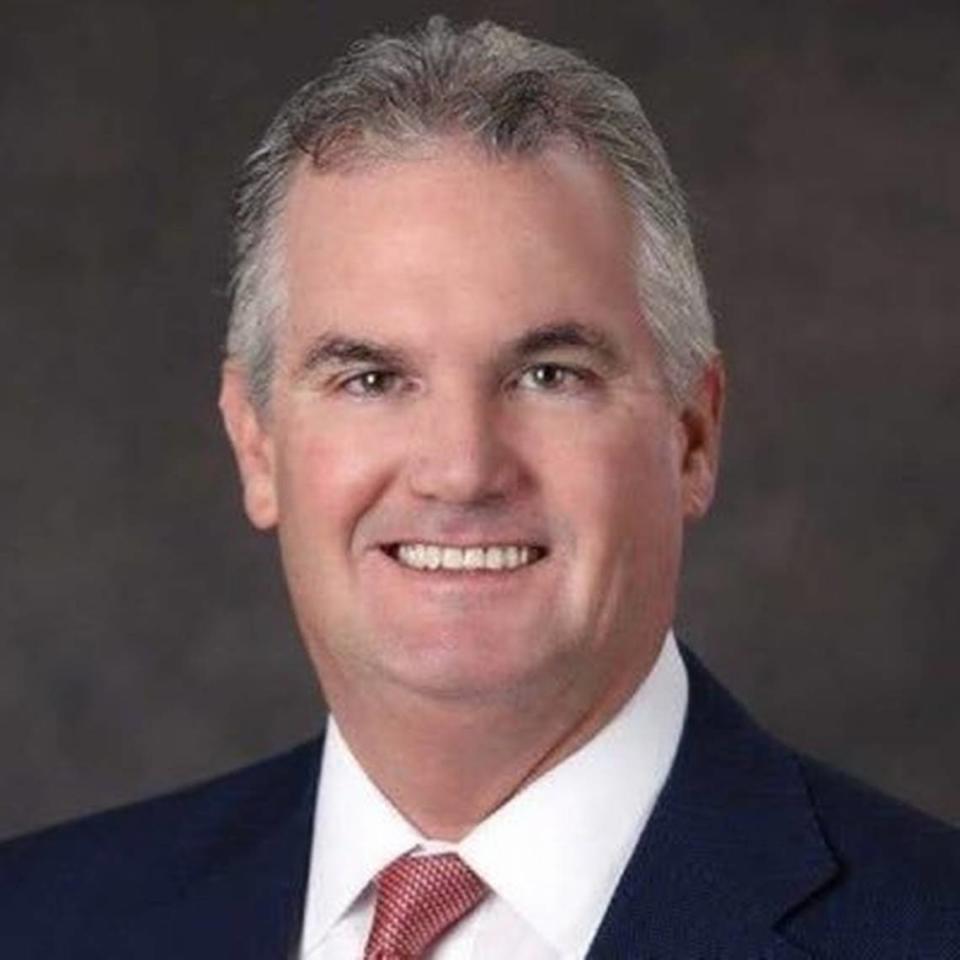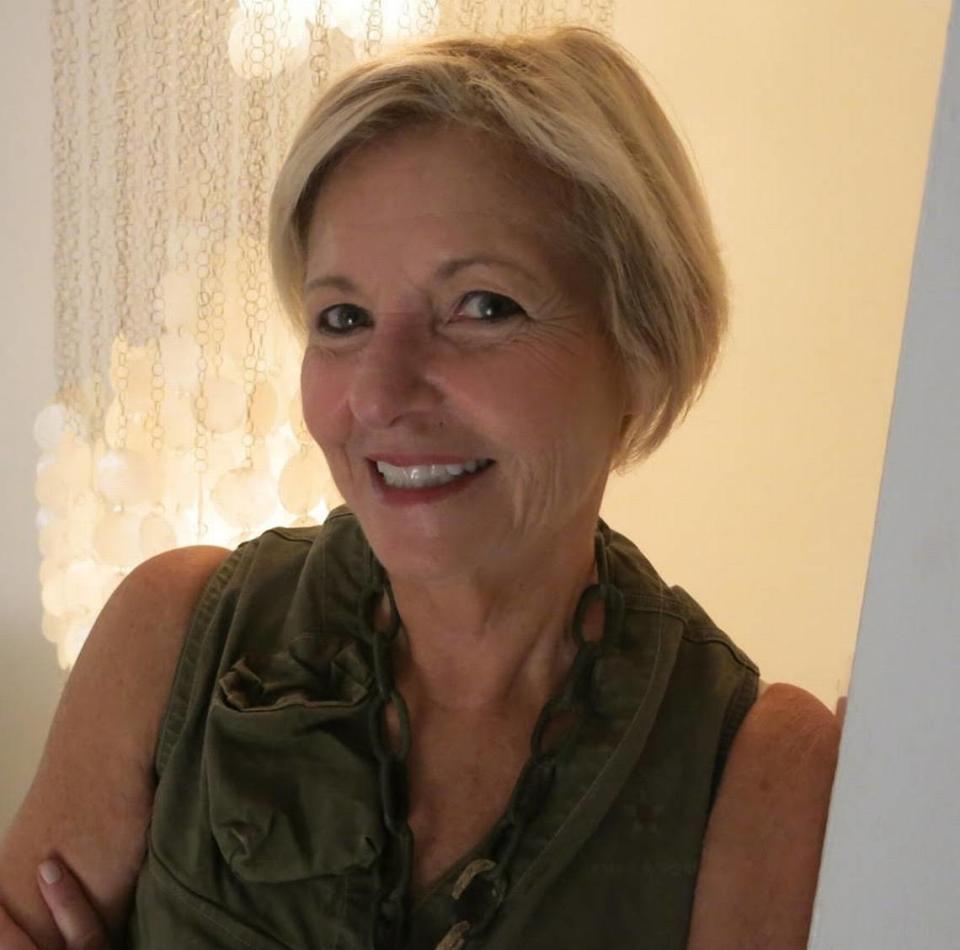Through partnership and commitment, we can protect Miami’s cultural heritage | Opinion
At just over a hundred years old, Miami is among the youngest major metropolitan cities in the United States. In this short amount of time, it has made enormous contributions to the cultural fabric of our country, particularly from its communities of color. As some of their signature pieces of art age, it has become critical to conserve and highlight these contributions for future generations.
Purvis Young is among Miami’s most significant artistic contributors to the canon of American art. Born in Liberty City, he was a self-taught artist who produced paintings in an expressive, gestural style that spoke to the experience of Black American life in Miami. He came to prominence through the development of “Goodbread Alley,” a site-specific intervention that involved attaching large painted panels to dilapidated buildings in Overtown, a historic epicenter of Black culture where he would establish his artist studio.
In his lifetime, Young produced thousands of artworks and would later become “perhaps the most famous painter to ever come out of Florida,” according to the Washington Post. Major international museums have acquired his work, and he was the subject of a major retrospective hosted by the Rubell Museum as the final show in its former Wynwood location.
Bakehouse Art Complex has been a steward to one of Young’s last remaining public works. Created in the early 2000s as part of a community-service project organized by curator Rosie Gordon-Wallace, this untitled work was painted with the assistance of schoolchildren from Jose de Diego Middle School. As a work that was executed in lieu of incarceration for a non-violent offense, it is an extraordinary example of art as a tool for restorative justice. Moreover, it is one of the longest standing public murals in Wynwood, making it an important artifact in the neighborhood’s cultural and social history.
Most of Young’s pieces in the public domain have been lost to time, including “Goodbread Alley,” which is a devastating casualty for our shared cultural heritage. The work currently in Bakehouse’s possession has been in need of conservation since at least 2008, but the organization lacked the critical funds to move forward. While we cannot replace what already is gone, it is essential to protect what we have.
Now, the organization is able to preserve this important work with a major grant from Bank of America’s Art Conservation Project. This initiative has supported the conservation of more than 6,000 paintings, sculptures, and archaeological and architectural works of critical importance to the global cultural heritage and the history of art.
This year’s grantees include major nonprofit museums and institutions, including the Metropolitan Museum of Art, Notre-Dame de Paris and the British Museum, putting Bakehouse and the city of Miami, as a whole, in an international dialogue supported by Bank of America on the importance of conserving cultural assets for future generations.
With this generous donation, Bakehouse — the only non-collecting organization to receive the grant this year — will be working with RLA Conservation on a carefully considered plan to ensure that Young’s work can continue to be enjoyed by residents and international visitors for decades to come.
Working together to preserve these significant pieces of art is an important part of the history of artmaking and culture in Miami. More work can, and should, be done in our community to protect the region’s relatively young but critically important shared history. We invite others to support conservation efforts like this one to further protect Miami’s cultural patrimony.
Gene Schaefer is president of Bank of America Miami. Cathy Leff is director of Bakehouse Art Complex.



 Yahoo Movies
Yahoo Movies 
